The elements to be riveted have to be pre-drilled so that the rivet shaft can be inserted.
The buck-tail is squeezed until it is flattened and enlarged, to fasten the material to be riveted together : this process is called riveting.
The elements to be riveted have to be pre-drilled so that the rivet shaft can be inserted.
The buck-tail is squeezed until it is flattened and enlarged, to fasten the material to be riveted together : this process is called riveting.
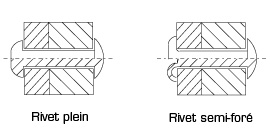
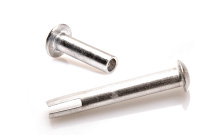
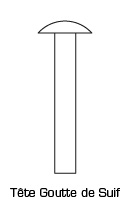
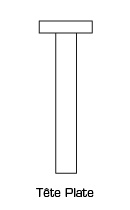
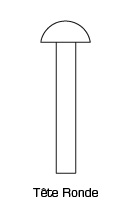
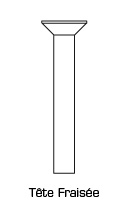
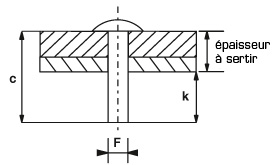
| F RIVET DIAMETER (mm) |
k DÉPASSEMENT (mm) |
|---|---|
| 3 | 4,5 |
| 4 | 6 |
| 5 | 7,5 |
| 6 | 9 |
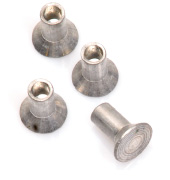
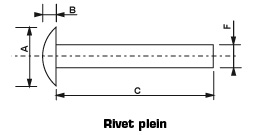
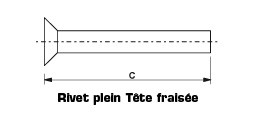
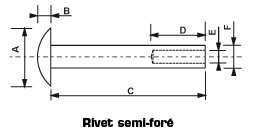
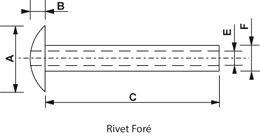
| A (mm) | Diameter of the head |
| B (mm) | Thickness of the head |
| D (mm) | Diameter of the threadind |
| E (mm) | Inside diametre of the threading |
| C (mm) | Length of the body |
| F (mm) | Diametre of the body |
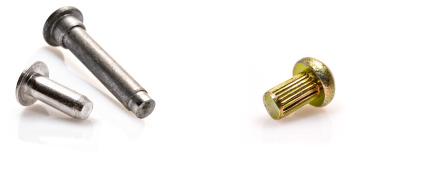
| Diameters | from 1 to 10 mm |
|---|---|
| Lenghts | from 3 to 100 mm |
| Materials available | Aluminium, Steel, Stainless St., Brass, Cooper |
| Head shapes | Truss, Flat, Dome, Coutersunk |
| TYPE | Ø (mm) |
|---|---|
| 1P | 10 |
| 2P | 8 |
| 3P | 7 |
| 4P | 6 |
| 6P | 5 |
| 9P | 4 |
| 11P | 3 |
| 13P | 2,5 |
| 14P | 2 |